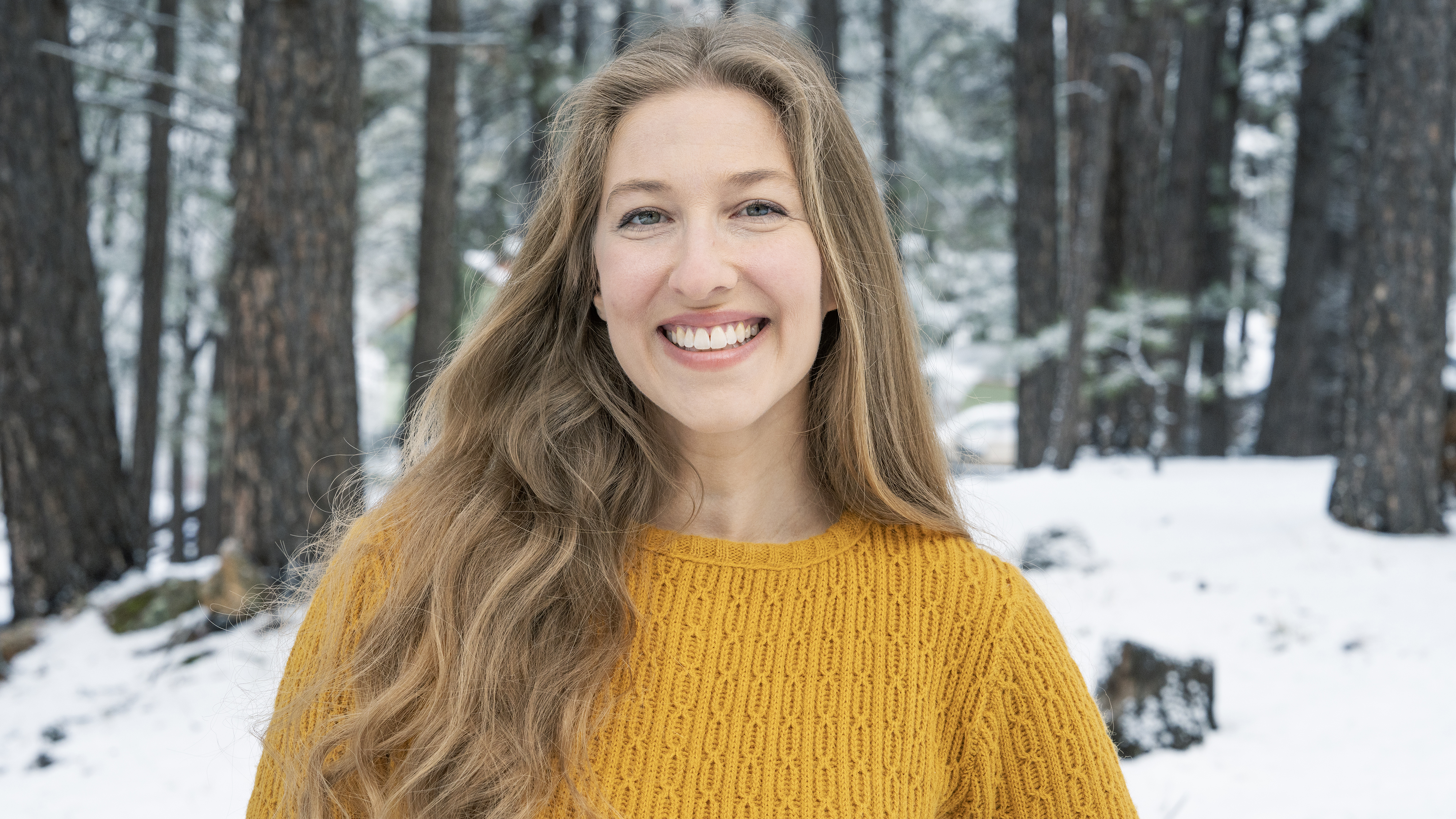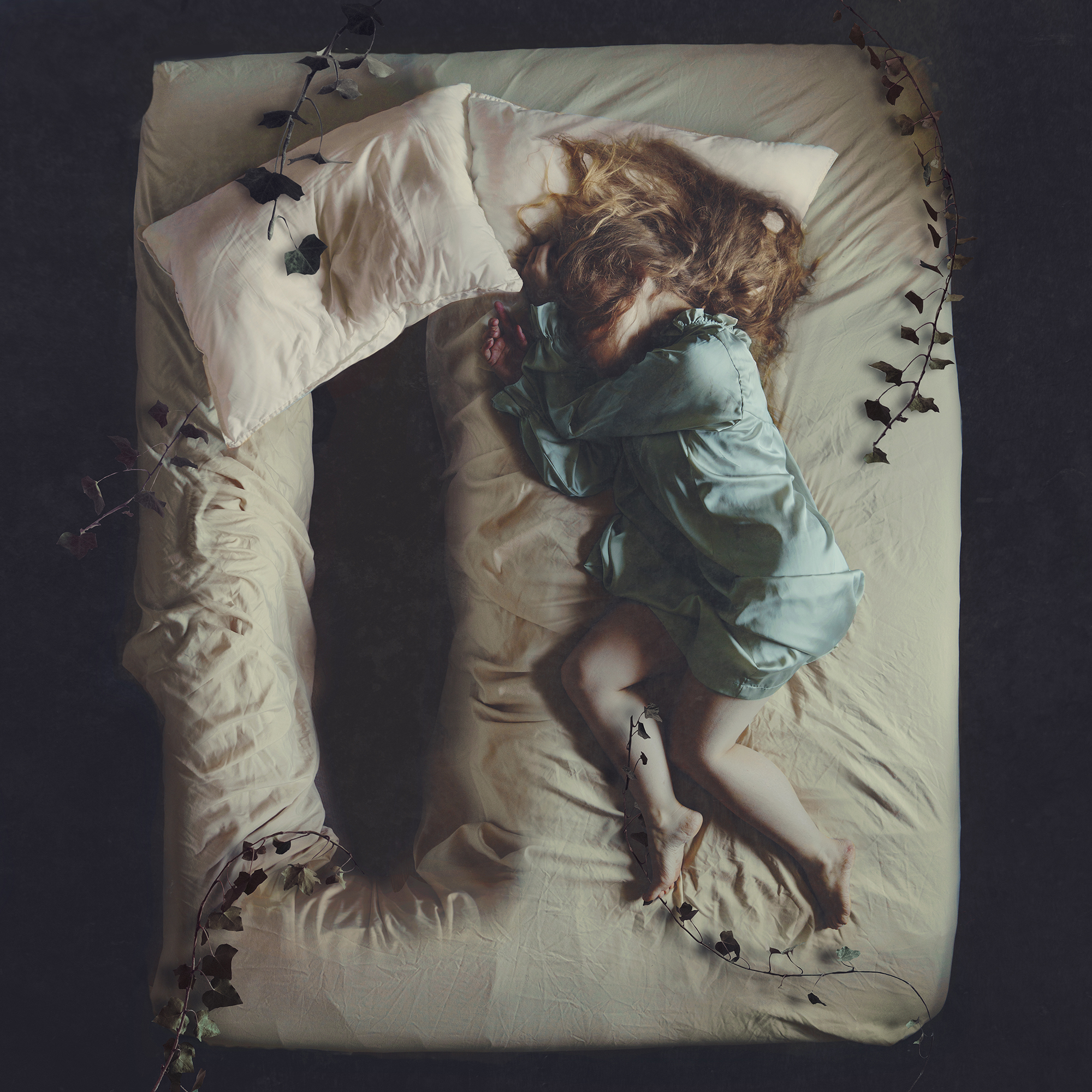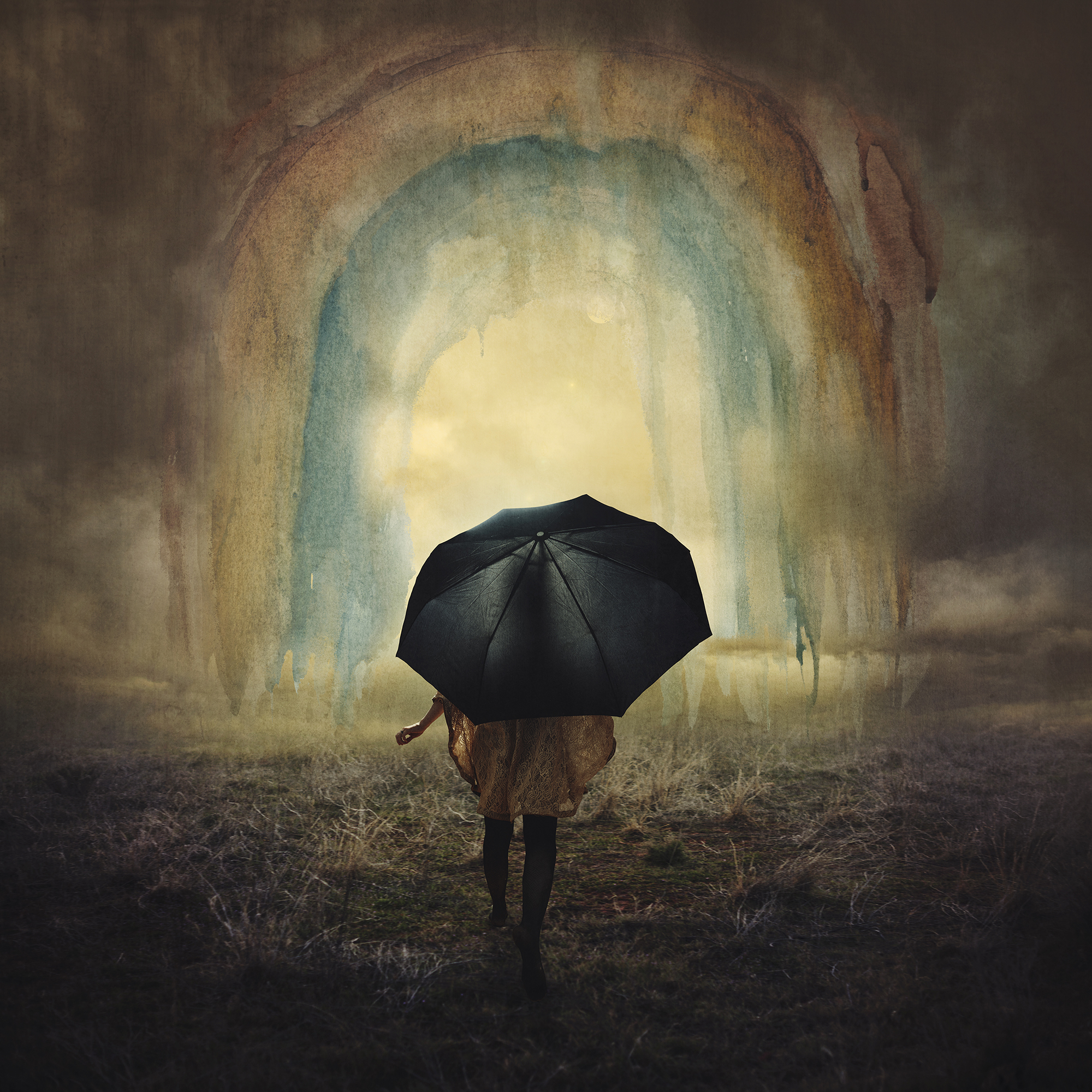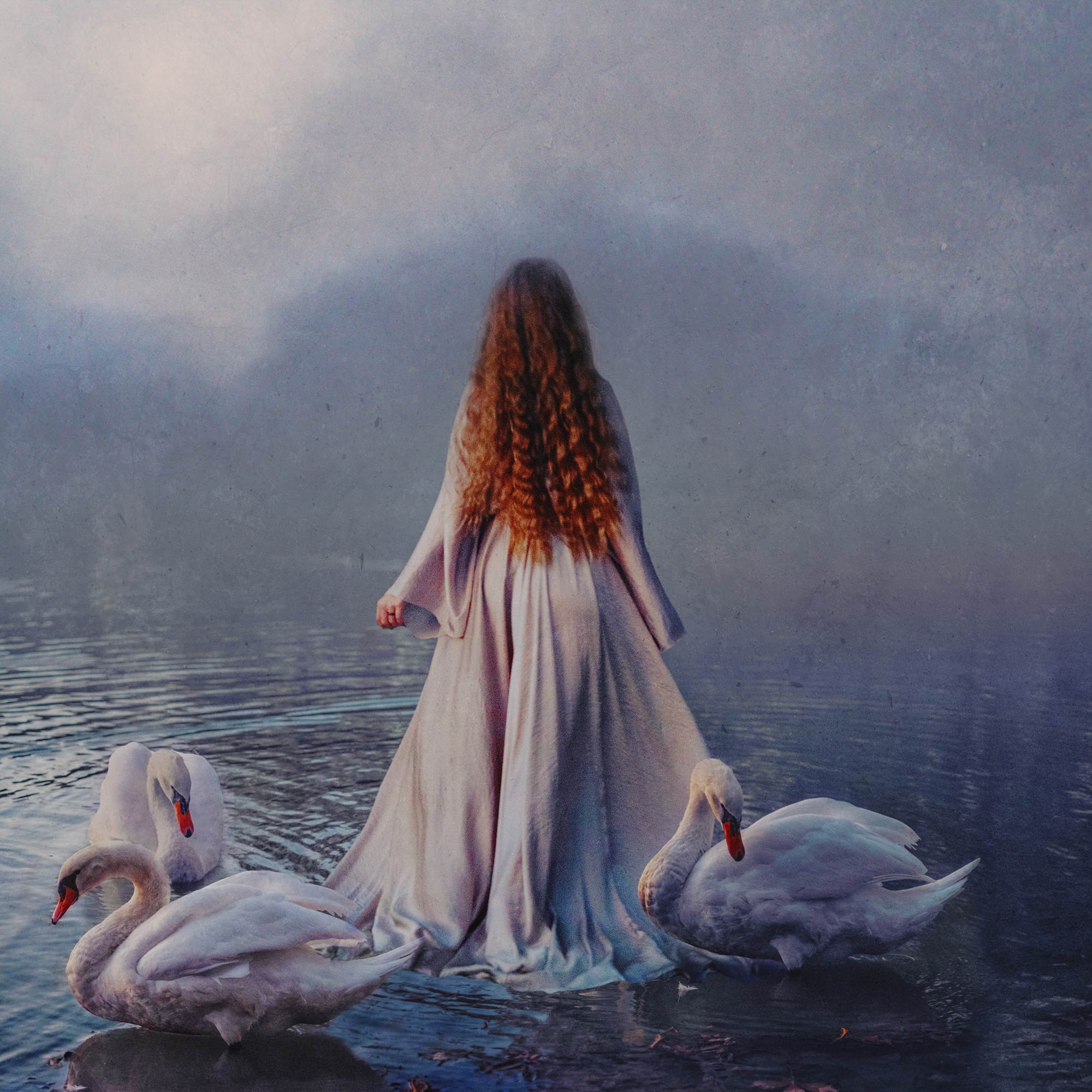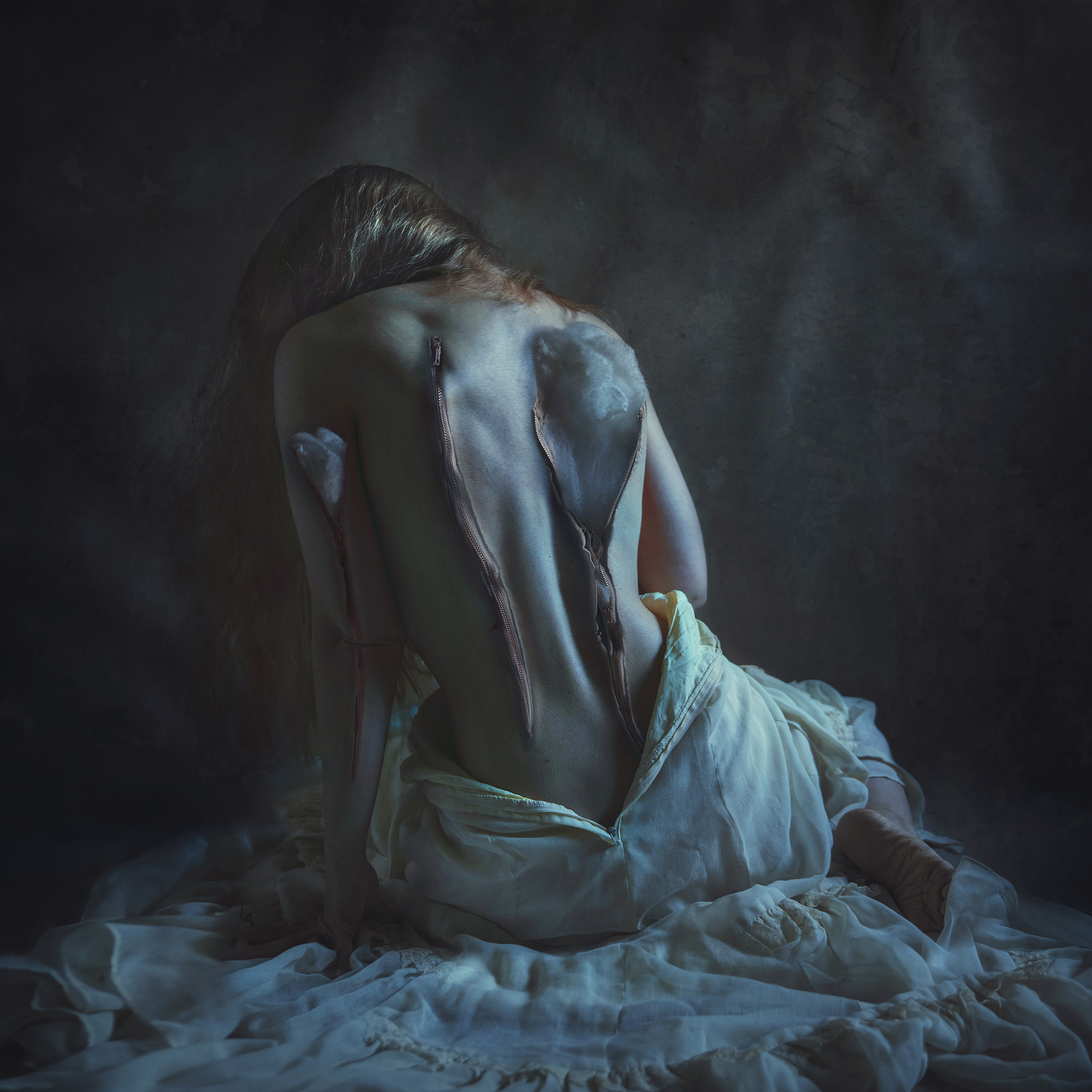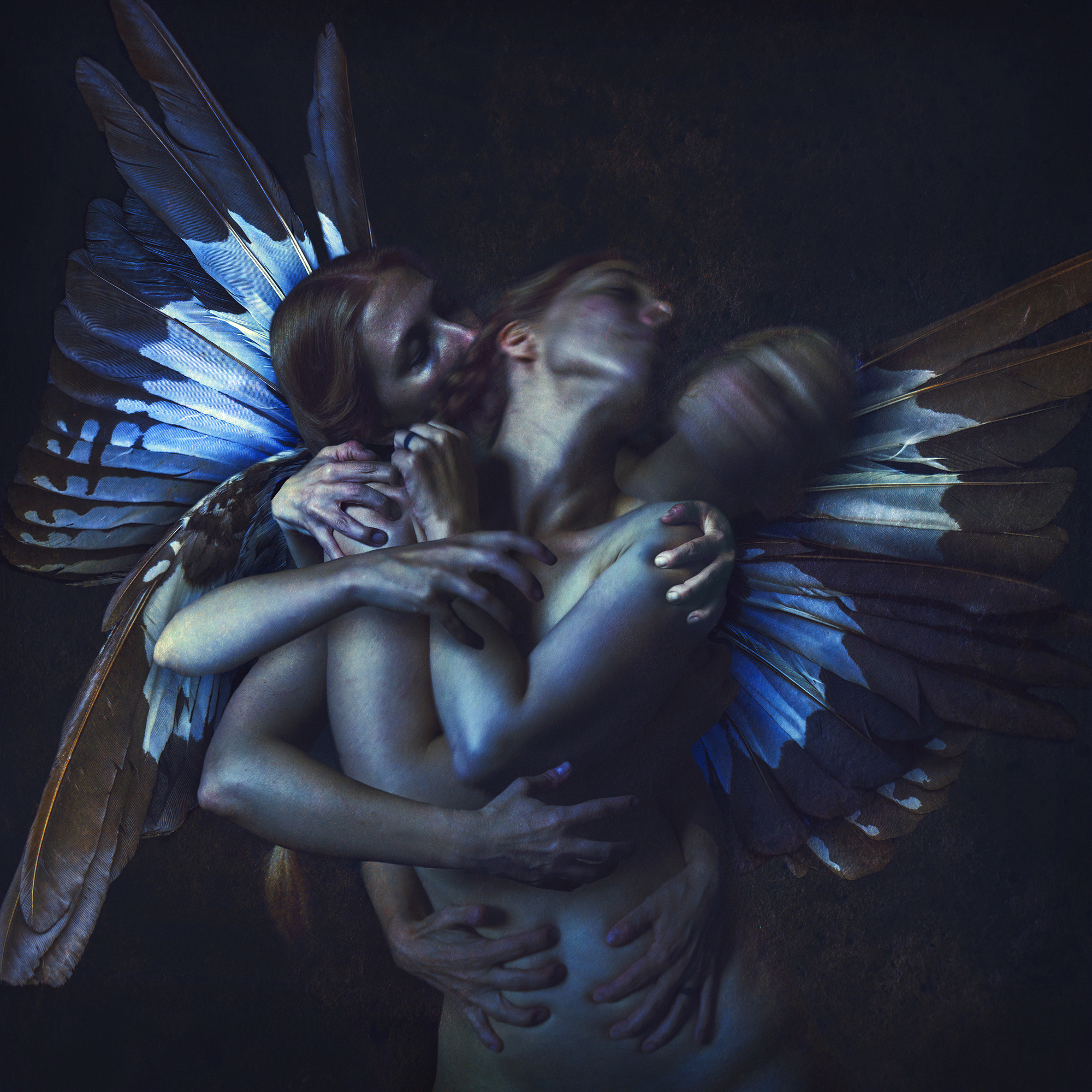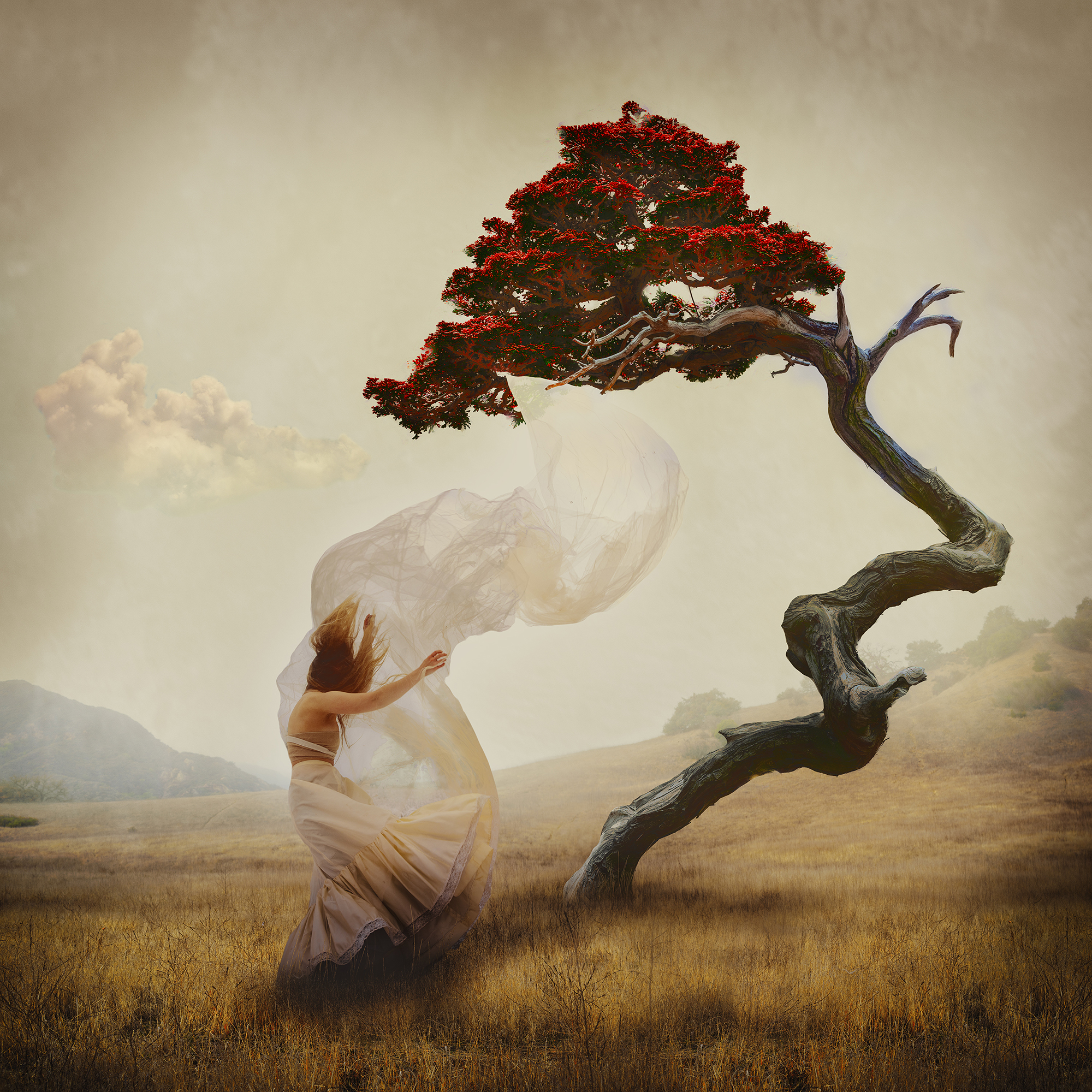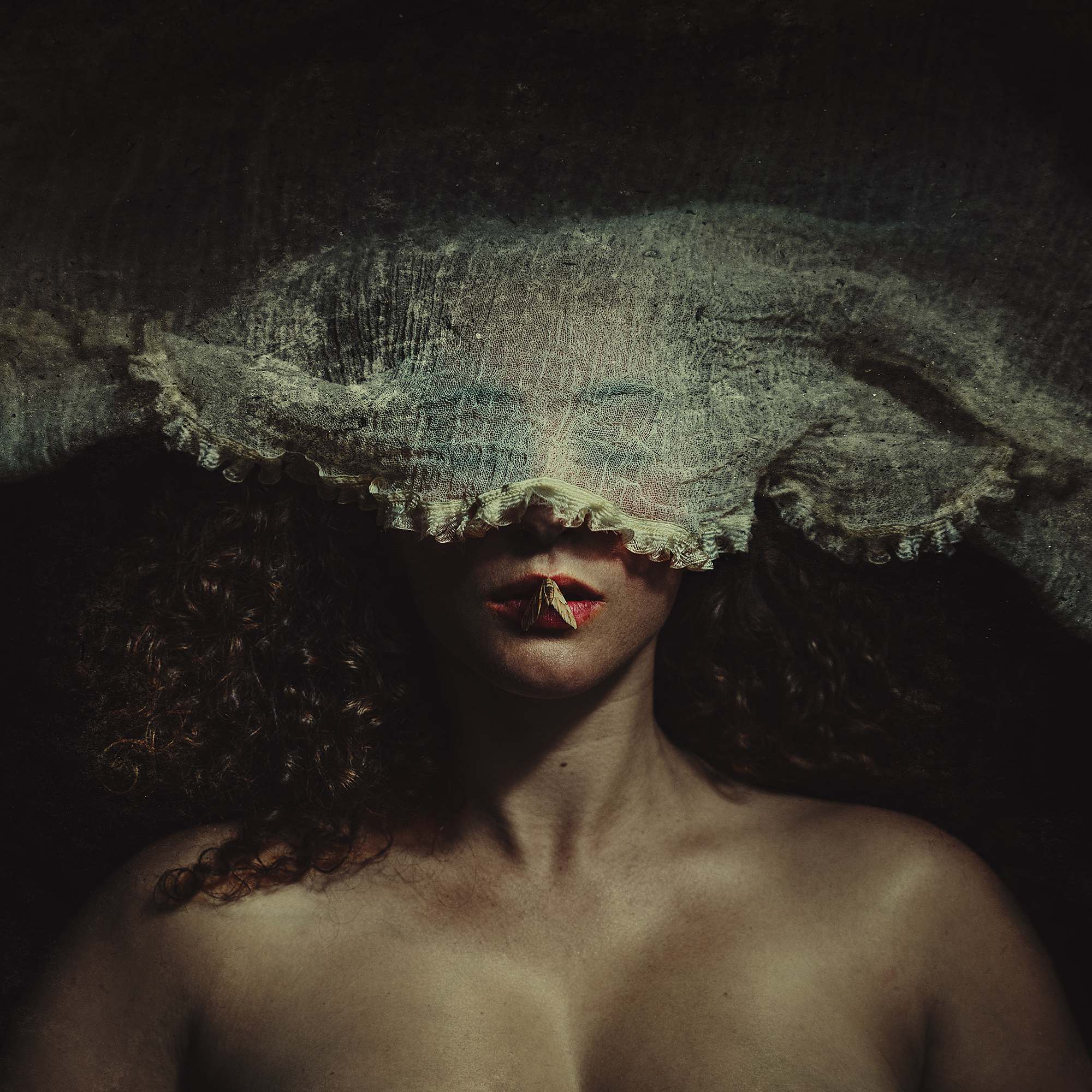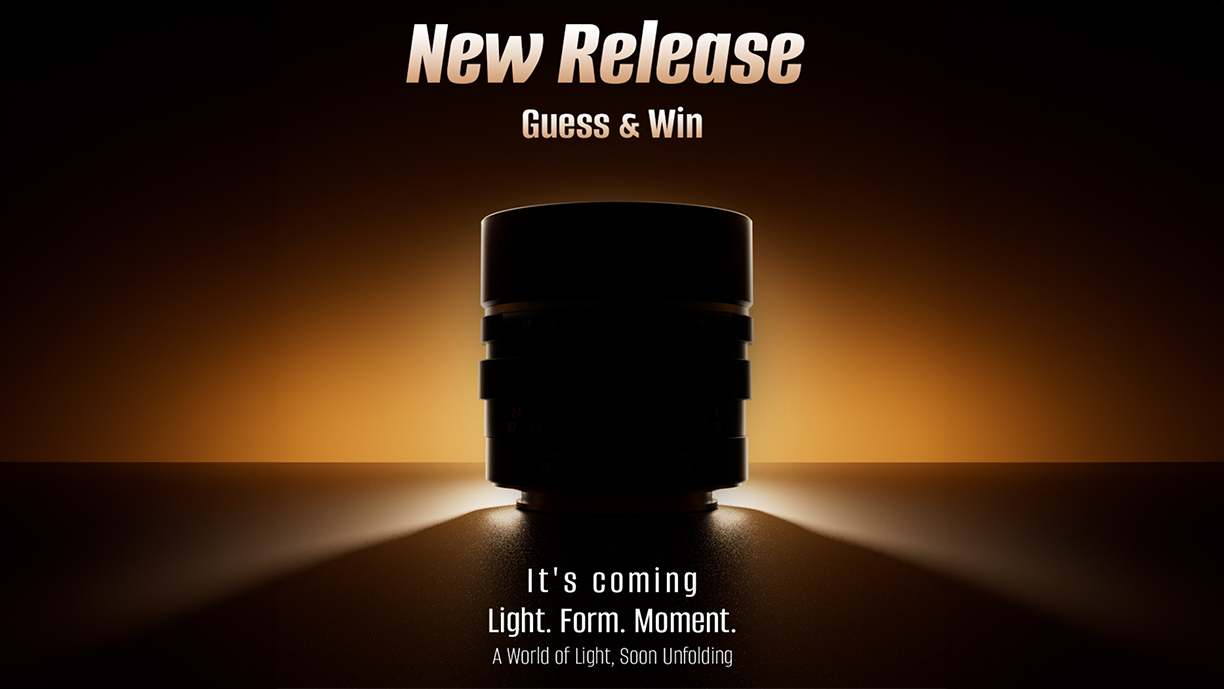“I don’t even care as much how it looks.” I watched fine art photographer Brooke Shaden work behind the scenes – what she said changed my view of photography
I joined fine art photographer Brooke Shaden on a photo walk; this is what I learned
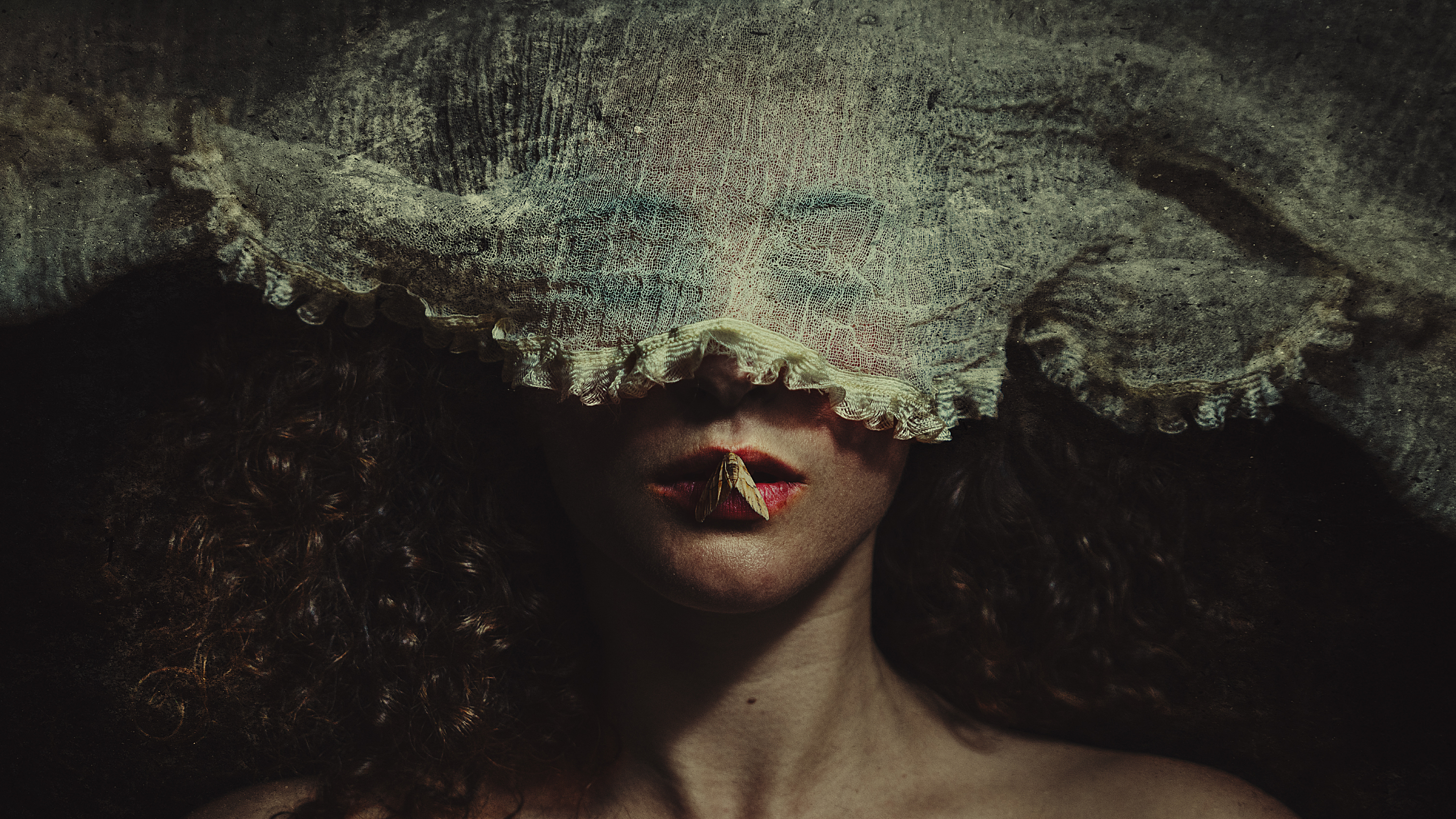
I was standing in an utterly boring corner of a convention center when I met a photographer whose work I’ve long admired – and whose advice overturned much of the traditional photography advice that I’ve always heard. As I watched behind the scenes as fine-art photographer Brooke Shaden created striking artwork in a bland space with a few randomly gathered props, I realized her photography advice is just as outside-the-box as her work that graces the walls of museums and collectors.
Brooke Shaden (@brookeshaden) is an American fine-art photographer known for her dark art self-portraits exploring difficult emotions like grief and fear. But meeting Shaden in person probably isn’t what most people would expect after viewing her work. While Shaden’s work is dark art dealing with difficult topics, the photographer – who is also a photography educator and author – is quick to smile and even quicker to share a laugh.
Many who view Shaden's work before meeting the photographer herself would probably not expect the smiling photographer in a floral dress, standing in front of a group of photographers leading a photo walk at the B&H Bild Expo. But there’s a reason someone who says the scariest thing she can watch is Dexter has built a career creating art in the horror genre. “I’m scared of everything,” Shaden explained, “and that’s why I create dark art, because I’m trying to create work that addresses my own fears and lets me be in control of what I am afraid of.”
While I’ve followed Shaden’s work long enough to know that the darkness of her artwork doesn’t necessarily match her personality, the advice she gave upended some of the longstanding photography advice I’ve always heard. From never shooting a proper exposure to only taking a handful of images at each shoot, Shaden’s outside-the-box photography advice is as inspiring as her work.
How a photograph looks isn’t as important as how it feels
One of the reasons that Shaden’s photography advice often feels different from the mainstream is in part because her work is different from mainstream. Fine art photography is different from commercial photography created for a client. Shaden describes fine art photography as simply creating personal work. “Every day, I wake up and think, okay, what are you going to create today? All I have to do is please myself.”
But one of the biggest ways that Shaden’s fine art differs from mainstream commercial photography is that Shaden doesn’t set out to create an image that looks a certain way; she sets out to create an image that feels a certain way.
Shaden compared how she works to how her friend and commercial fashion photographer Lindsay Adler works. “Lindsay Adler shoots so differently than I do, she says that I don’t care what the idea is, I just want it to look good, I want it to be interesting visually. I feel exactly the opposite,” Shaden said. “I don’t even care as much how it looks, as much as if the concept comes through and it has layers of meaning to it.”
The best camera deals, reviews, product advice, and unmissable photography news, direct to your inbox!
While Shaden’s photography advice often doesn’t match up with traditional rules, she’s quick to explain that both avenues are equally valid. “There are two camps of photography, and both are equally valid,” she said, discussing the differences between fine art photography and commercial photography.
Museum-quality work can still be shot with minimal gear
Shaden works without a photo assistant, and she’s often (although not always) both the photographer and the model. Walking into the woods, she usually just has her camera, one lens, a tripod, and a remote. Shaden currently shoots with the Sony A7R V, a camera she picked largely because she needs the ability to print large (one of her images is a 25-foot photograph on the side of a building), although her favorite feature is the flip screen.
Shaden says a Sony 24-70mm f/2.8 GM lens rarely ever leaves her camera.
During the shoot, Shaden used a range of small, inexpensive props, including needles and red thread, LED lights, black tablecloths, and a borrowed Smoke Ninja fog machine from the Bild Show floor.
Even the way Shaden shoots is minimal. On average, she takes between two and ten images on a typical shoot. She typically shoots two stops underexposed, explaining that she simply doesn’t like proper exposures, as evidenced by the deep shadows and tones in her work.
Play more, worry less
“If you walk away with anything,” Shaden told the group of photographers gathered to work with her, “it’s that you should be playing more and worrying less about the technique we are using. Number one, everything is fixable. If you have a good idea, then you can probably get it to where you need to be to share it. But also, life is short and I’m sick of not having fun with what I do, so that’s what we’re going to do.”
Part of playing with an idea, however, is that Shaden never knows going into a shoot if her idea is going to turn out at all. “When I’m creating, I never know if what I’m about to make is going to turn out at all. And that’s how it should be because we’re pushing ourselves to do something new.”
Creating art often means getting uncomfortable
Shaden (who worked with a model during the photo walk, rather than fulfilling the role of photographer, model and teacher) shared several stories of uncomfortable situations she’s been in for the sake of her art. She talked about jumping into mud puddles and frozen lakes. She once tied a string around her face for a photo and couldn’t get it all off, and had to drive home with the string still on her face.
She selected a boring corner of the convention center for two simple reasons: it had a window and an outlet. Simple props helped turn the small corner into a canvas for fine art.. (She had scouted an abandoned building nearby but was told that she "100 percent would get arrested," so, alas, a corner of the conference center it was)
Posing is key to emotion, but that doesn’t mean posing has to be complicated
Shaden’s artwork often creates something tangible that represents an intangible emotion. Posing is part of portraying that emotion, but Shaden made small adjustments to create simple curves to the model's pose rather than over-the-top poses.
One common feature throughout most of Shaden’s work as the face is often obscured. When Shaden obscures her own face in her work, it creates an image that’s less a portrait of herself and more of an image that could depict anyone, even the viewer themselves. “If you don’t see a model in the picture, then you can picture anyone in there,” Shaden says. “It creates a more universal experience for the viewer.”
Along with sharing inspiration for other artists on Instagram, Shaden also leads the annual Promoting Passion Convention (2025’s event is scheduled for September 22-26 in Indiana). She also shares insight in her book, Inspiration in Photography, and in online classes. Her fine art photography is available in limited-edition prints and in the coffee-table-style book, Reflection: Exploration of Self.
You may also like
Browse techniques and tutorials for fine art photography for more inspiration.
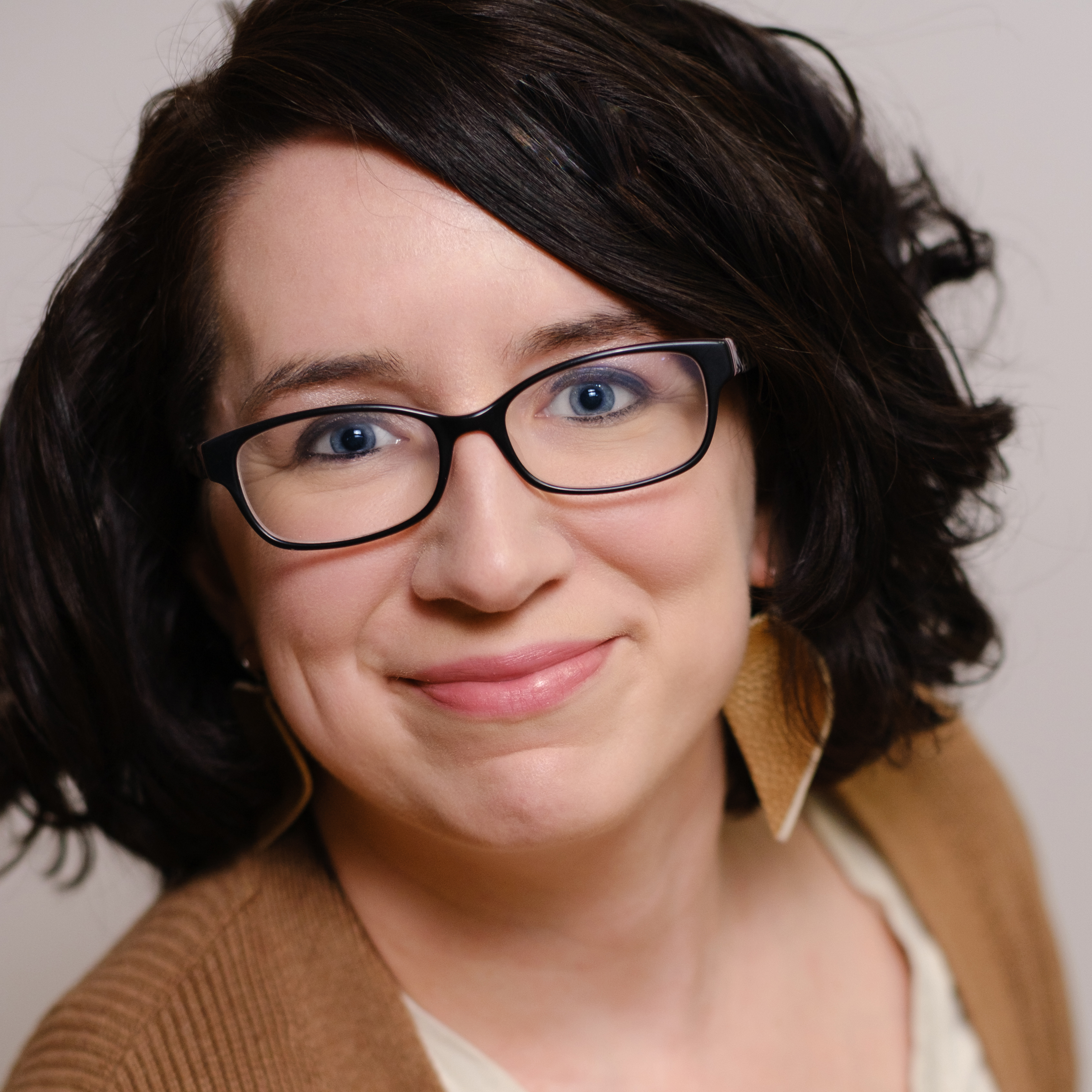
With more than a decade of experience writing about cameras and technology, Hillary K. Grigonis leads the US coverage for Digital Camera World. Her work has appeared in Business Insider, Digital Trends, Pocket-lint, Rangefinder, The Phoblographer, and more. Her wedding and portrait photography favors a journalistic style. She’s a former Nikon shooter and a current Fujifilm user, but has tested a wide range of cameras and lenses across multiple brands. Hillary is also a licensed drone pilot.
You must confirm your public display name before commenting
Please logout and then login again, you will then be prompted to enter your display name.
